|
We have an incredible story to share with you! It's a tale of resilience, compassion, and the transformative power of teamwork. Together, we can make a difference and save more precious lives like Godiva's. Meet Godiva, a 3-year-old bully breed mix who endured unknown suffering before finding her way to us. When Godiva arrived at a local animal shelter, her condition was heartbreaking. She was covered in wounds, very underweight, heartworm positive, and beyond exhausted. The dedicated shelter team sprung into action, partnering with local veterinarians and grant sponsors generously providing the care and compassion Godiva needed to heal. Together, they tackled her various medical needs, including the challenging battle against heartworm disease. During that time Godiva stole the hearts of everyone she met with her joyous spirit and never-ending joy! However, the initial rescue organization that committed to saving Godiva had to step back. This sudden and heartbreaking change would have required her to go back to an overcrowded shelter and put her life at risk. When we heard of Godiva's plight, our team rallied together, united in our mission to give her a second chance at a loving home. Our dedicated volunteers, supporters, vet partners and shelter partners came together to advocate fiercely for her life. Together, we made the impossible possible, securing Godiva's safety and paving the way for her continued journey of healing. Godiva, true to her sweet name, has shown us the incredible capacity to trust, forgive, and thrive when given a chance. She greets each day filled with so much joy that not only is her tail always wagging but her entire body wiggles with delight. We are honored to be part of her incredible journey and can't wait to continue to see her shine. None of this would have been possible without the unwavering support of each and every one of you. Your donations, volunteer work, and spreading awareness play a vital role in the lives we can save. Together, we are changing the world for animals in need, one precious soul at a time. Let Godiva's story inspire you to join us on this incredible mission. Follow us, donate, volunteer, and share her story far and wide. Together, we can create a brighter future for animals in need.
Thank you for being a part of The Happy Pet Project family. Your support means the world to us and the animals we save.
0 Comments
Happy Pet volunteers are the true embodiment of Passion In Action! During National Volunteer Appreciation Month, we are celebrating the heartbeat behind our life-saving efforts - our volunteers! All happy pet-makers are united in our mission with our municipal shelter partners to end the overpopulation of Texas companion animals through rescue, rehabilitation, and adoption. We do all of this while educating people about responsible pet ownership, animal advocacy, and animal welfare topics. We all share a common vision of a world without homeless animals and one where animal welfare organizations can work with one another and with community pet owners to increase the health, happiness, and fulfillment of pets, their owners, and animal welfare workers and volunteers. Remaining focused on responsibly rescuing breaking down barriers that prevent responsible pet ownership demands a diverse volunteer base valued for their different backgrounds, perspectives, age group, socio-economic status, experience and identity. Happy Pet's culture and values and our constant commitment to diversity, equality and inclusion have allowed us the extreme fortune of attracting the very best! Every day, our volunteers gift their time, talent, energy and more in the name of saving happy pets. Passion In Action is Happy Pet! It’s the internal drive that allows our incredible volunteer base of more than 200 dedicated individuals to unite as one and come together and do good, sending out a ripple effect of kindness and change, in the animal welfare community, and beyond! We are waiting for YOU!
Your uniqueness, expertise and skills are the perfect match for us! Join us today by completing our Volunteer Interest Form. We're so excited that you're giving a pet a loving home to call their own! Whether or not this is your first pet, keep reading to be sure you set yourself up for success as you welcome a new animal into your family. We're going to cover the items you'll need for a pet dog, and the decompression time we recommend to help make your canine comfortable. WHAT WILL A NEW PET DOG NEED? Below are some of the items you'll want to pick up prior to bringing your new pup home: 1. Food Kibble is most accessible for most pet owners. Consider combining kibble with water or broth. 2. Bowl Stainless steel often harbors less bacteria than other materials available on the market. 3. Crate Set up the crate in a quiet part of your home. A crate is especially crucial for allowing your pet to decompress during their first few months in your home, but we recommend using the crate any time you need to leave your pet unsupervised. Click here for more on crates, including how to choose the right size. 4. Collar and leash We recommend a martingale collar. We urge you to NEVER use a retractable leash, as they can promote poor leash habits and the cord can cause serious injury to you or your pet. PLANS TO MAKE WITH A NEW DOG Below are some of the plans you'll want to make after bringing your new pup home: 1. Schedule 1st Vet Visit Even for the healthiest pup, you'll need to visit a vet or a low-cost clinic for prescription Heartworm Preventatives. Skipping just 1 month of Heartworm prevention puts your pet at risk of contracting the potentially fatal Heartworm Disease. 2. Allow for "Decompression" For at least the first few weeks after bringing your new pet home, allow them to adjust to their new surroundings. We'll get into the specifics below! ALL ABOUT DECOMPRESSION
Moving into a new home can be stressful for dogs just like it is for humans. We recommend at least 7 days of decompression time to help make the adjustment as comfortable as possible! 1. No New Friends - Pets or Humans. Wait 1-2 weeks or more to make introductions. Nervous pets may express their discomfort by lashing out at pets or humans with a warning growl or a snap, leading to a bad first impression. Dogs coming from the street or a shelter may have contracted a contagious illness, so you'll want to monitor them for any symptoms prior to introducing them to any resident pets already living in the home. 2. Avoid Outings. Quiet walks and backyard hangs are full of new scents and sounds for your pet to take in! Visits to pet stores and other outings may be overstimulating during the first few weeks in a brand new home. Be especially cautious if your pup is not yet fully vaccinated. Keep them at home to keep them safe from deadly illnesses like Canine Distemper or Parvovirus. 3. Establish a Routine. A predictable routine that your dog can depend on may help them unwind. Plan a flexible schedule for feedings, exercise, lounging, and bathroom breaks. When feeding, separate pets to avoid conflicts over food. 4. Watch for Signs of Stress. When you suspect that your pet is through decompressing, continue to monitor them for signs of discomfort so you can advocate for them and prevent unwanted behaviors. Stiff body language, yawning, and lip licking are all warning signs that a dog is not comfortable and may growl or snap to warn the animal or human nearby to please back away. You may also witness a dog "shaking it off" after a tense moment with an unfamiliar person or animal. Allow them to walk away and consider placing them in their crate for quiet relaxation - not as a punishment. Do you have questions about bringing home a new pet? Leave us a comment below! Meet Trix, adopted from The Happy Pet Project in the Summer of 2022: Trix was rescued in early June of 2022. He and his siblings were just hours old, umbilical cords still attached, when Garland Animal Control officers found him and his family alone on the side of the road. The Happy Pet Project was thrilled to partner with the awesome team at Garland Animal Services to get them out of the shelter and into a foster home! Trix's mama, Cereal, worked hard to keep her babies alive. With help from the volunteer team at The Happy Pet Project, Trix and his siblings got healthier and happier every day. As of today, every member of this fluffy family is living life in a forever home! Before they were adopted though, we sent Trix's saliva off in the mail to find out what mix of dog breeds makes Trix so CUTE. If you are interested in doing the same for your pup, check out our affiliate link for Embark here to receive a discount AND support the pets in our rescue: http://shrsl.com/1ymnj-1f7g-itut. Now, if you're going to take a guess at which breeds were detected in Trix's DNA, make your picks now before you keep scrolling! Ready to see which breed types make Trix so unique? DRUM ROLL, PLEASE... What a great mix of breeds! Now, if one of Trix's family members is your pet, does this mean they share all of the same breeds? NOT necessarily... Did you know? Litters of puppies can be fathered by several different dogs! Female canines produce multiple eggs instead of just one, AND they remain in heat for approximately 10 days. (VCAhospitals.com) We also know that Canine parents share 50% of their own DNA with their offspring (VCAhospitals.com) so you can look take a look at Mama Cereal below and guess which of the above breeds came from Trix's dad! Have you had your dog's DNA tested? What did you learn?
Do you know Cereal or one of her babies? Do you think all of the siblings share the same father? Let us know your thoughts in the comments below! : ) Dog owners may wonder, "Is crate training really necessary? Is it worth my time and energy? Will my pup be sad?" Here's our stance: CRATE TRAINING SAVES LIVES & REDUCES THE HOMELESS PET POPULATION! According to Best Friends Animal Society, 4.6 million dogs & cats entered US shelters in 2021. Pet behaviors and finances were 2 of the top reasons owners surrendered their pets (BestFriends.org). When shelters reach capacity, staff has to make the difficult decision to euthanize animals in their care. There simply isn't space or resources for the number of homeless animals in our communities. So here's the bottom line: Keeping animals in their homes results in fewer deaths by euthanasia and crates are key to helping animals succeed in their families' homes. 6 REASONS TO CRATE TRAIN YOUR DOG 1. Crates keep injured or recovering pets from harm. Major surgeries, minor procedures, or pulled muscles all require rest for a healthy recovery. Teaching your pet that a crate is their safe space will help them feel comfortable resting inside one when it is absolutely imperative to their health. Owners who don't utilize a crate may see repeat injuries, torn sutures, and other painful, costly health complications. 2. Crates prevent destructive behaviors like chewing. It is normal for pets to become unsure or anxious in their human's absence. Without a crate, many pets turn to chewing or scratching at baseboards, windowsills, and more. These home repairs are expensive, and even worse, they can result in bowel obstructions. If a pet swallows foreign objects that obstruct their bowels, the result is often an expensive surgery or even death. The average cost of surgery to save a dog from death following an obstruction can range from $800 to more than $7,000, according to Care Credit. Purchase a crate instead and enjoy peace of mind when you're away from home. 3. Crates prevent dog bites. It is natural for many dogs to guard or protect their food or treats. Prevent conflicts between dogs and protect curious children from harm by feeding meals and high-value treats inside of crates! (Note that some dogs also get possessive over dog toys. If you notice your pet guarding their toy, growling, or displaying stiff body language, you may advocate for them by donating the toys and finding other ways to play.) 4. Crates often prevent excessive barking. Many dogs bark or whine when first growing accustomed to their crate, but with time and practice, most will grow to love the cozy confines of their crate. (Try white noise or classical music too!) Tucked away from a noisy gathering of strangers, or from a window with a view of a busy street, a dog is much less likely to stress out and bark. This is especially important for apartment-dwelling dog owners! 5. Crates help potty train! Dogs learning to potty outside rely on the confines of a crate to learn their schedule and understand what their humans expect of them. Most dogs avoid urinating or defecating in their crate (make sure it's cozy - crates that are too big encourage going potty on the other end of the space.) A young pup's schedule may look like this: eat in the crate, go out to potty, enjoy some play time, and then return to the crate for rest. 6. Dogs sleep. A lot. Dogs often sleep 12+ per day, and many spend just a few hours being active, per the American Kennel Club. Seniors, young pups, and large breed dogs of all ages typically sleep even MORE often than average. So, don't let a nagging sense of guilt stop you from utilizing a crate. Snoozing in a crate inside of a warm, loving home, is a wonderful alternative to the cold, loud shelter, or the unpredictable environment of the street. What are your thoughts on crate training?
Have questions about how to begin? Drop us a comment below! Would you like another blog post dedicated to crate training pointers? Let us know :D Welcome to The Happy Pet Project blog! We hope this blog will serve as a tiny corner of the internet full of happy news about animal welfare efforts and truly useful tips on how to keep your pet (and yourself!) healthy and happy. We believe that healthy, happy people and pets make the world a better place. Even if you don’t own a pet right now, there are many ways you can impact your community for the better. If you care about the greater good, please, keep reading. We hope you’ll visit us for future posts & join in the conversation! What is the mission of The Happy Pet Project? Looking to get involved?
We want you to join us as a Foster or Volunteer! NO experience necessary. Solving the overpopulation of companion animals is a mission that requires a true team effort! We are committed to supporting our volunteers and giving every animal lover the tools to play a part in achieving our mission. Click here to foster! Click here to volunteer! Interested in making an extra impact with a donation this North TX Giving Day? CHECK OUT OUR NORTH TX GIVING DAY PROFILE HERE TO DONATE! |
Archives
July 2023
Categories |
Texas Good Deeds Project
© Texas Good Deeds Project. EIN 87-2226038. All rights reserved.
Thank you for supporting our 100% volunteer run organization, where every dollar goes toward savings lives!
Privacy Policy
Thank you for supporting our 100% volunteer run organization, where every dollar goes toward savings lives!
Privacy Policy
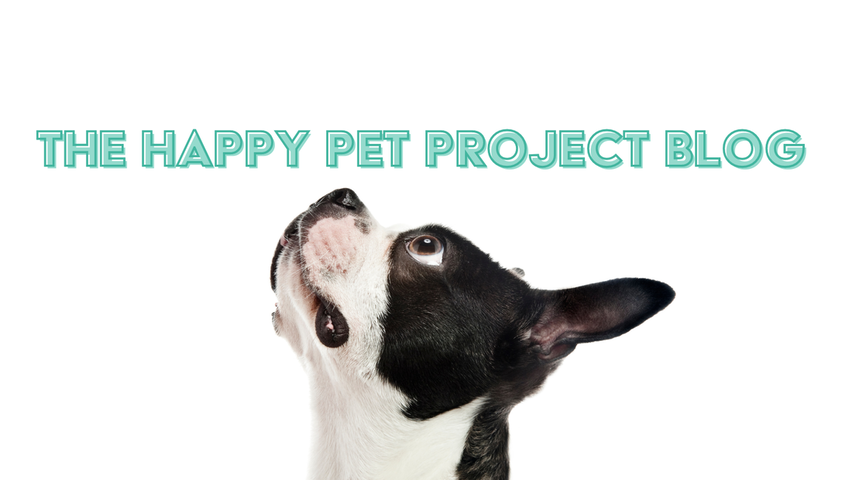
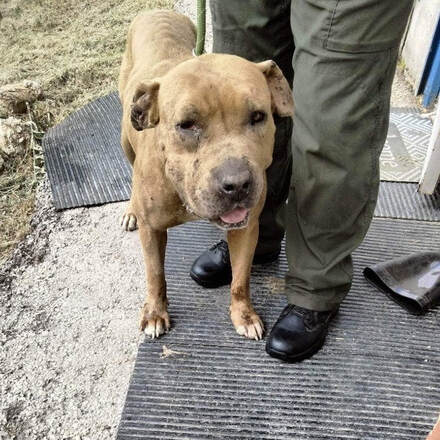
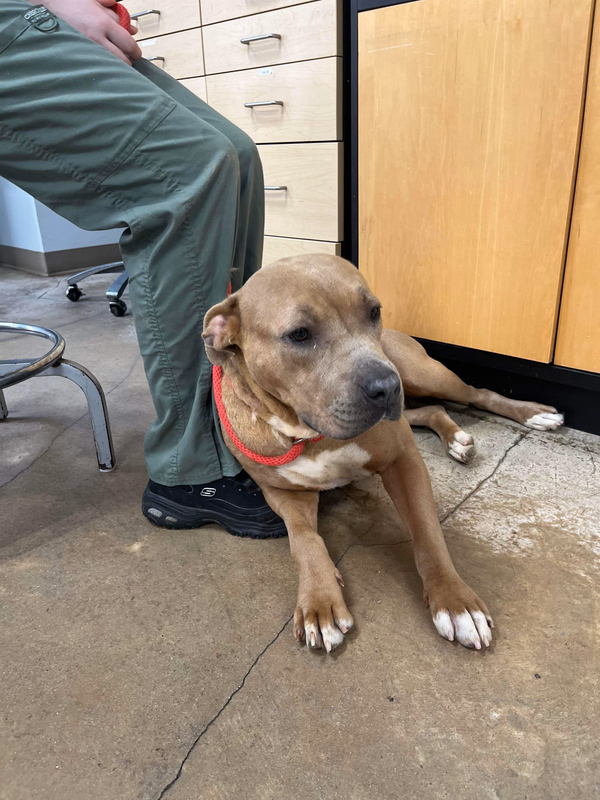
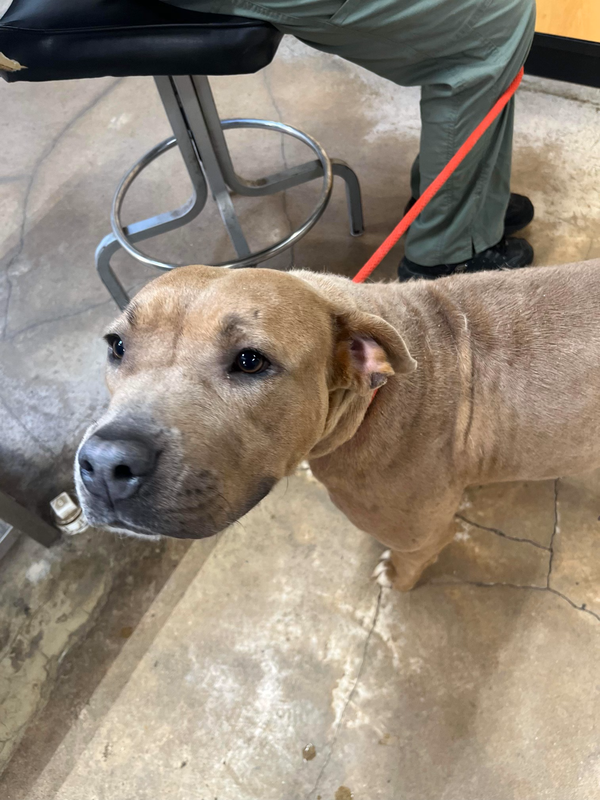

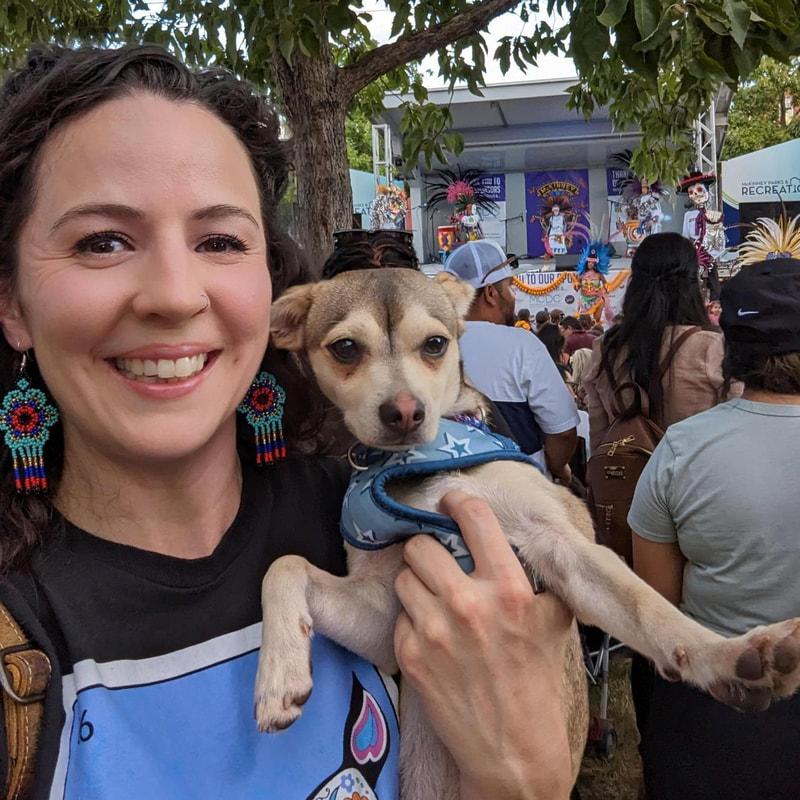




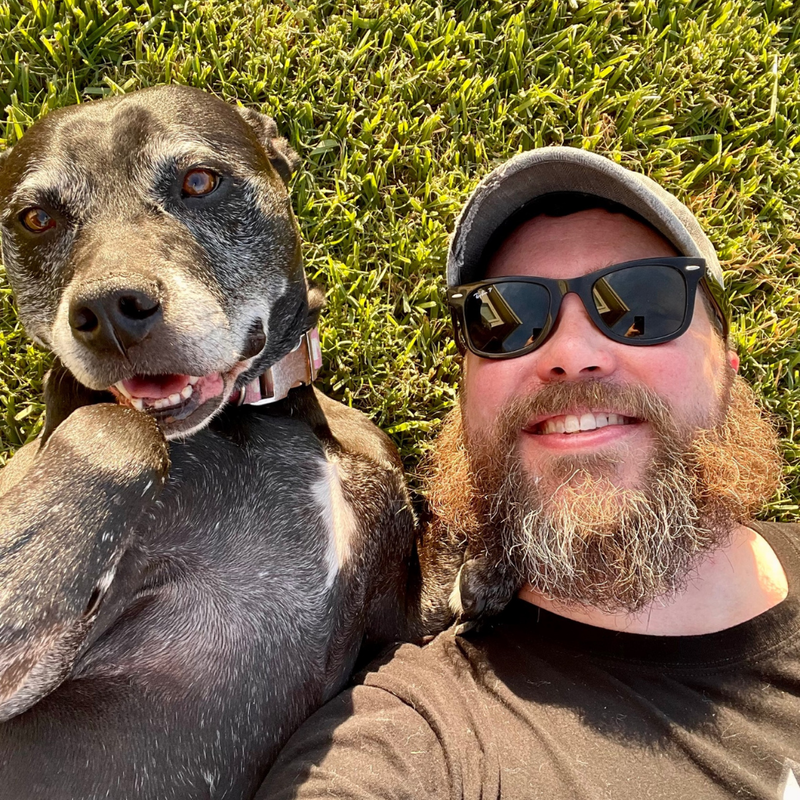

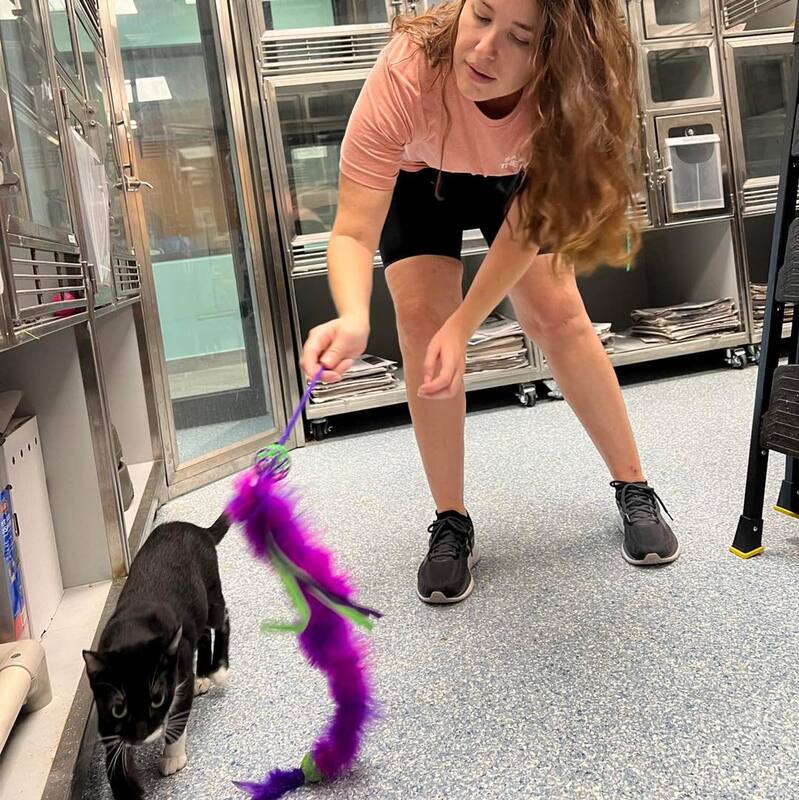
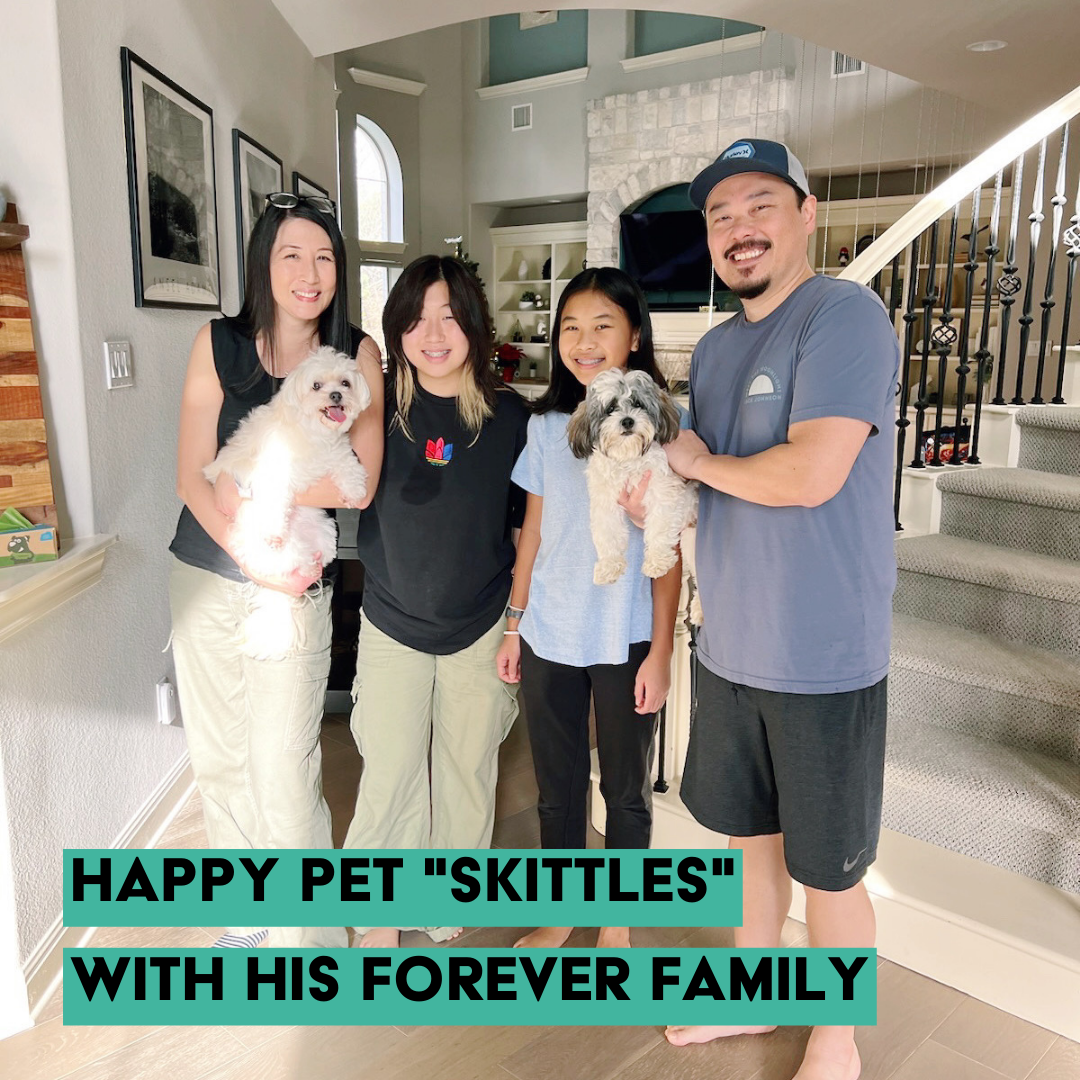
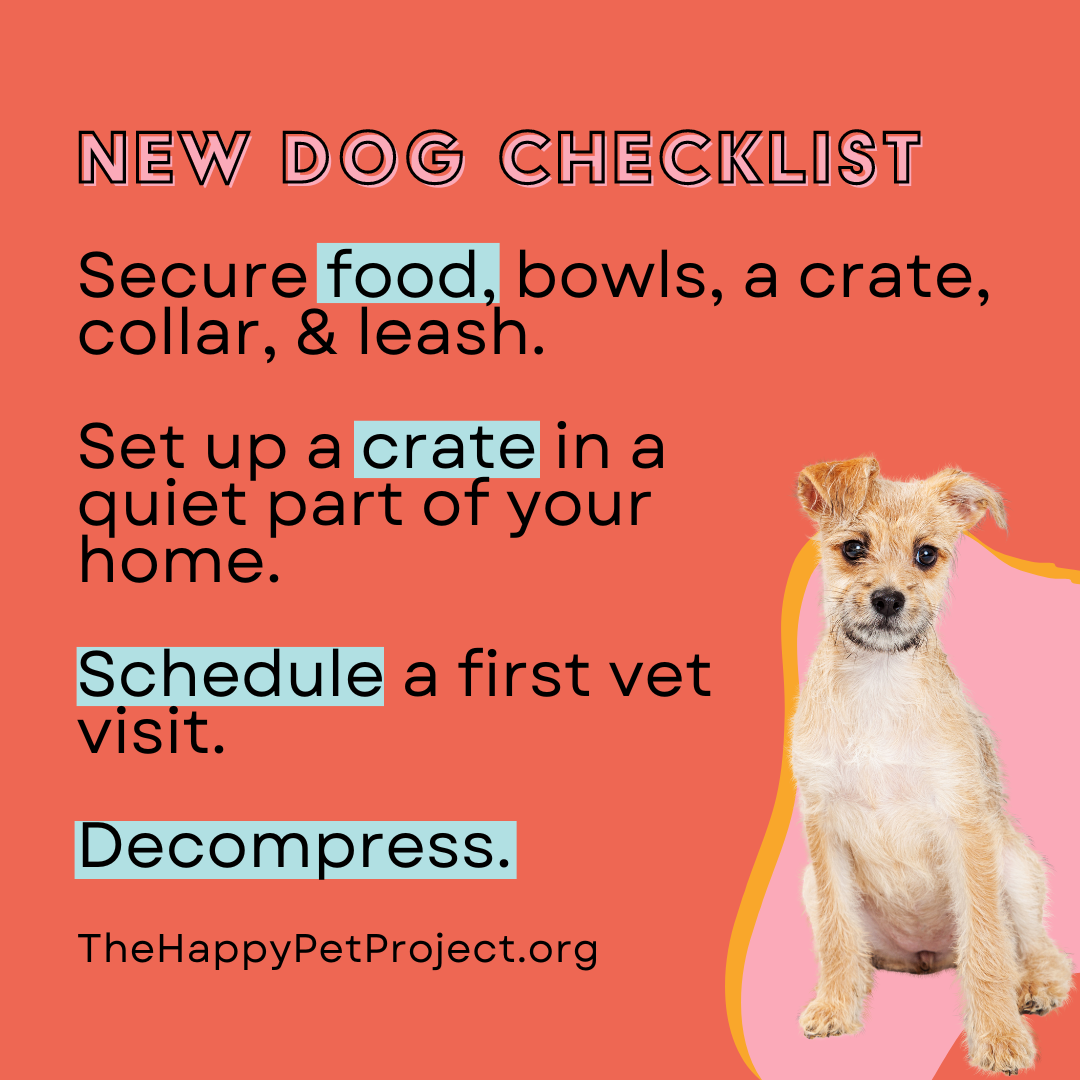


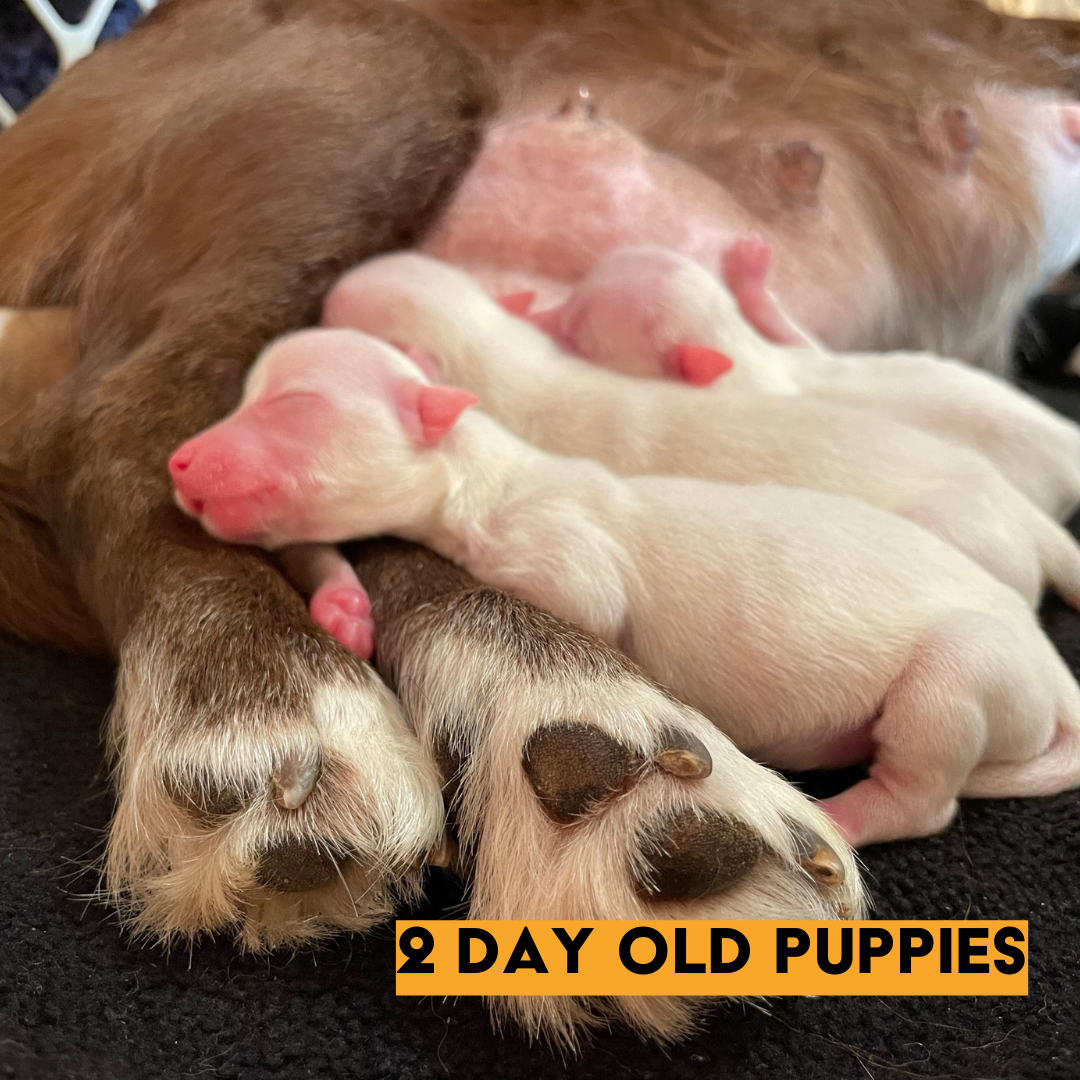
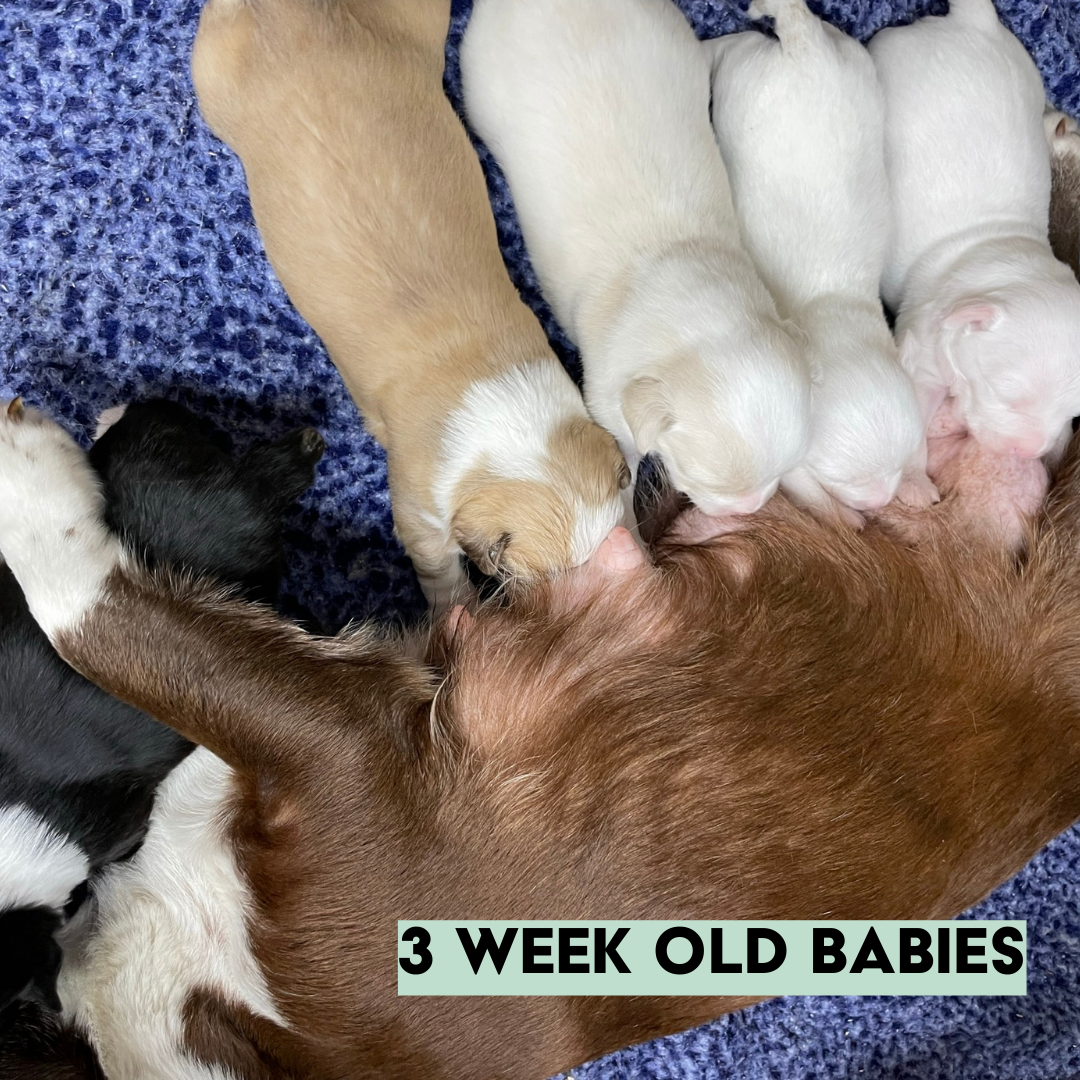
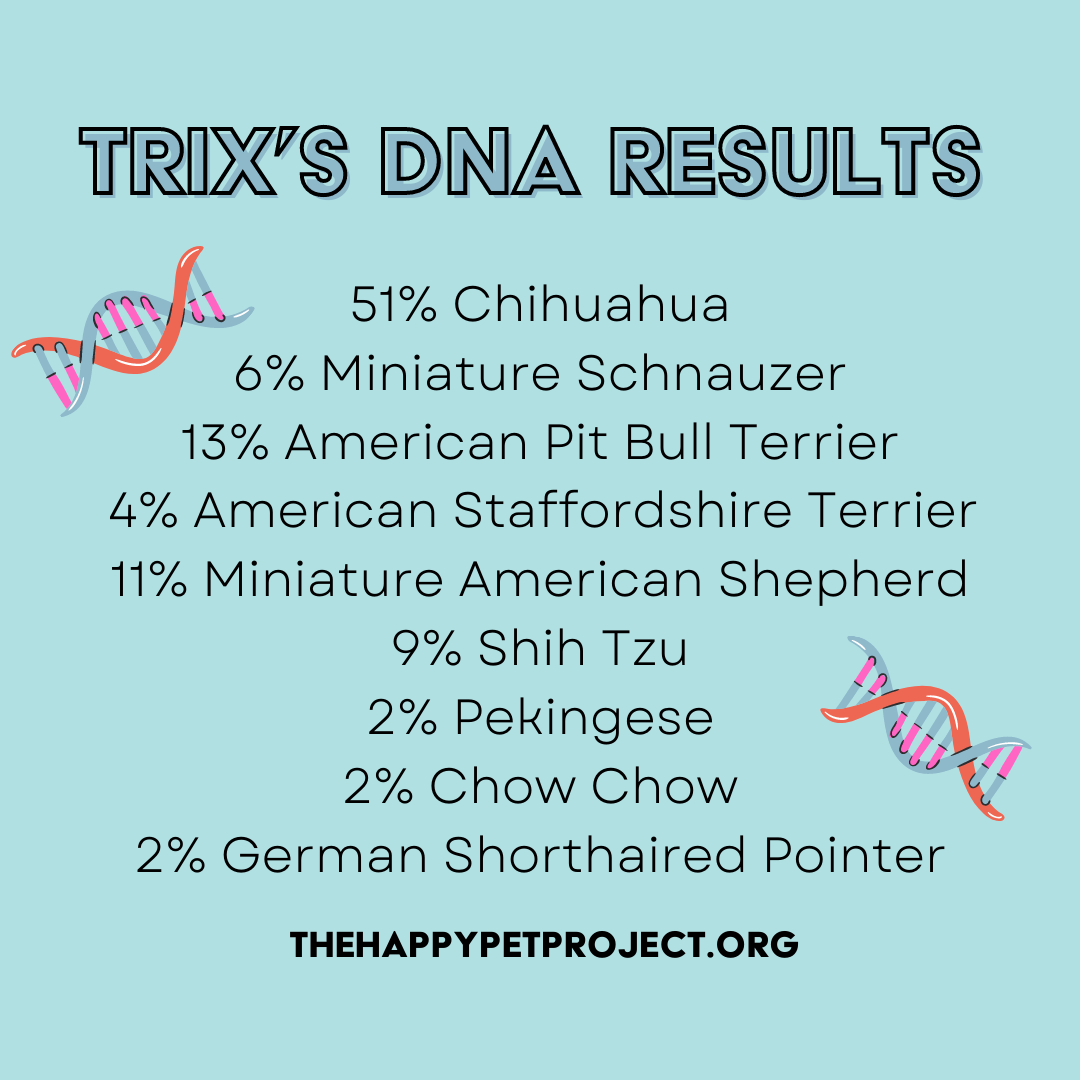
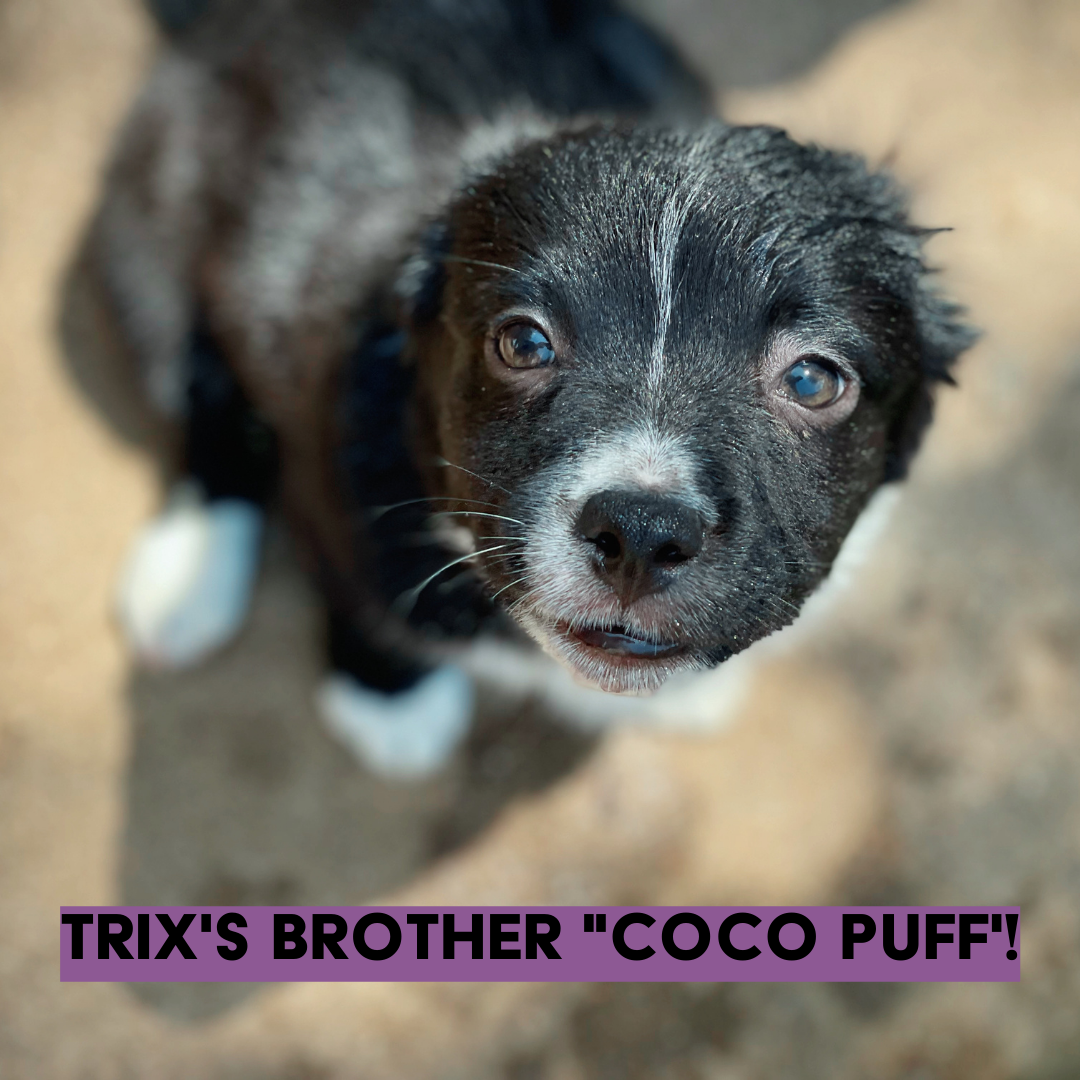

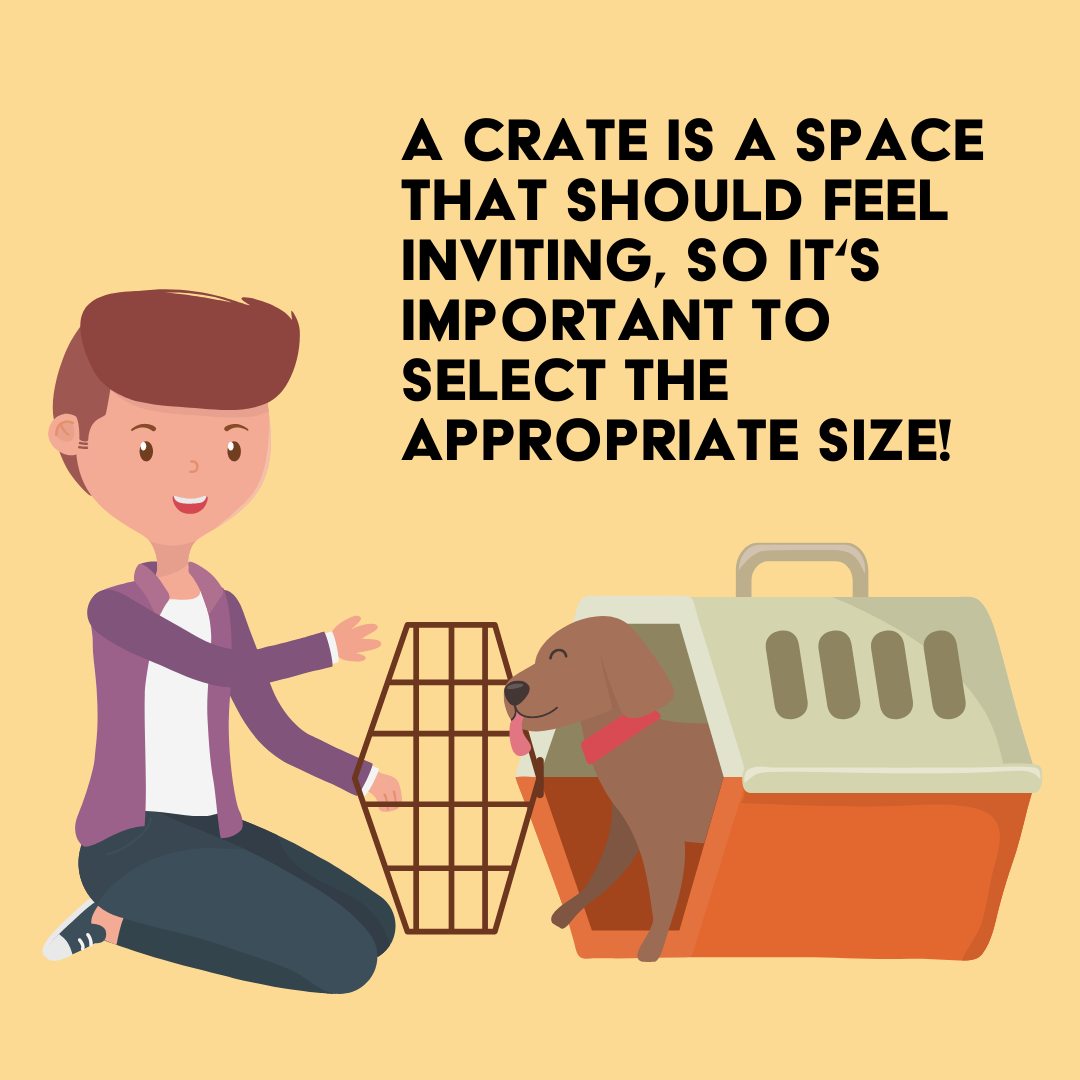



 RSS Feed
RSS Feed
